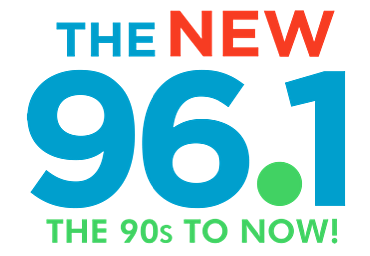
Check Out This Stunning Picture Of The Northern Lights
Nature is amazing in so many ways. Check out this picture that my friend posted about the Northern Lights...aka Aurora Borealis
If that wasn't enough for you, check out this video someone posted on YouTube
So where do the colors come from? According to Space.com, it has to do with the sun's rays and interactions with Nitrogen.
The colors most often associated with the aurora borealis are pink, green, yellow, blue, violet, and occasionally orange and white. Typically, when the particles collide with oxygen, yellow and green are produced. Interactions with nitrogen produce red, violet, and occasionally blue colors.
The type of collision also makes a difference to the colors that appear in the sky: atomic nitrogen causes blue displays, while molecular nitrogen results in purple. The colors are also affected by altitude. The green lights typically in areas appear up to 150 miles (241 km) high, red above 150 miles; blue usually appears at up to 60 miles (96.5 km); and purple and violet above 60 miles.
These lights may manifest as a static band of light, or, when the solar flares are particularly strong, as a dancing curtain of ever-changing color.
Even though the lights are year-round, the best time to see them is during the Winter months.
More From The New 96.1 WTSS









